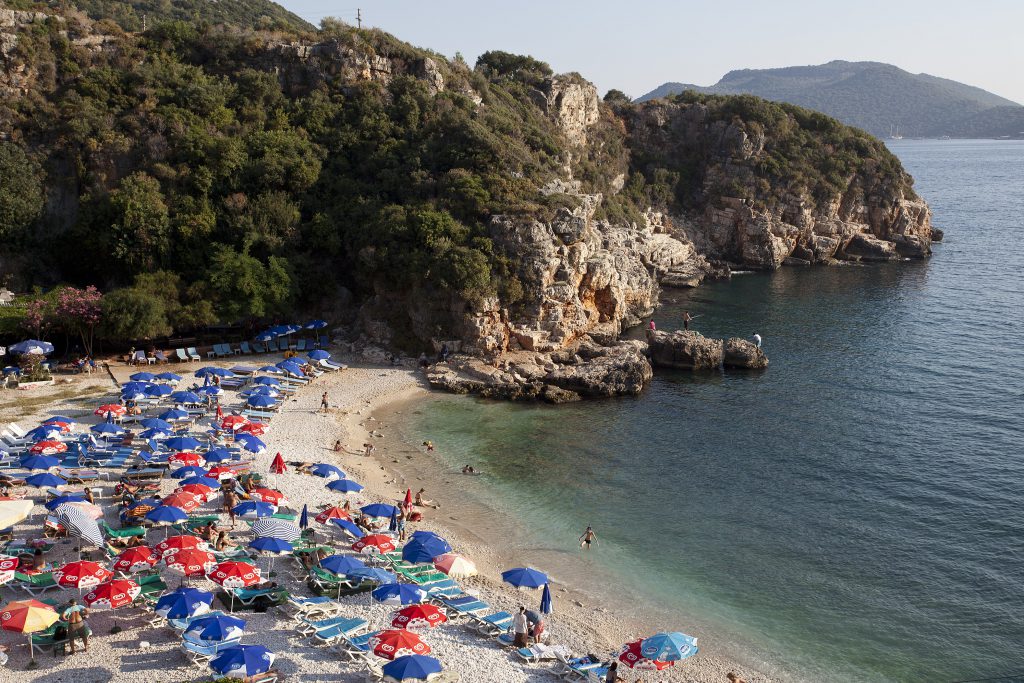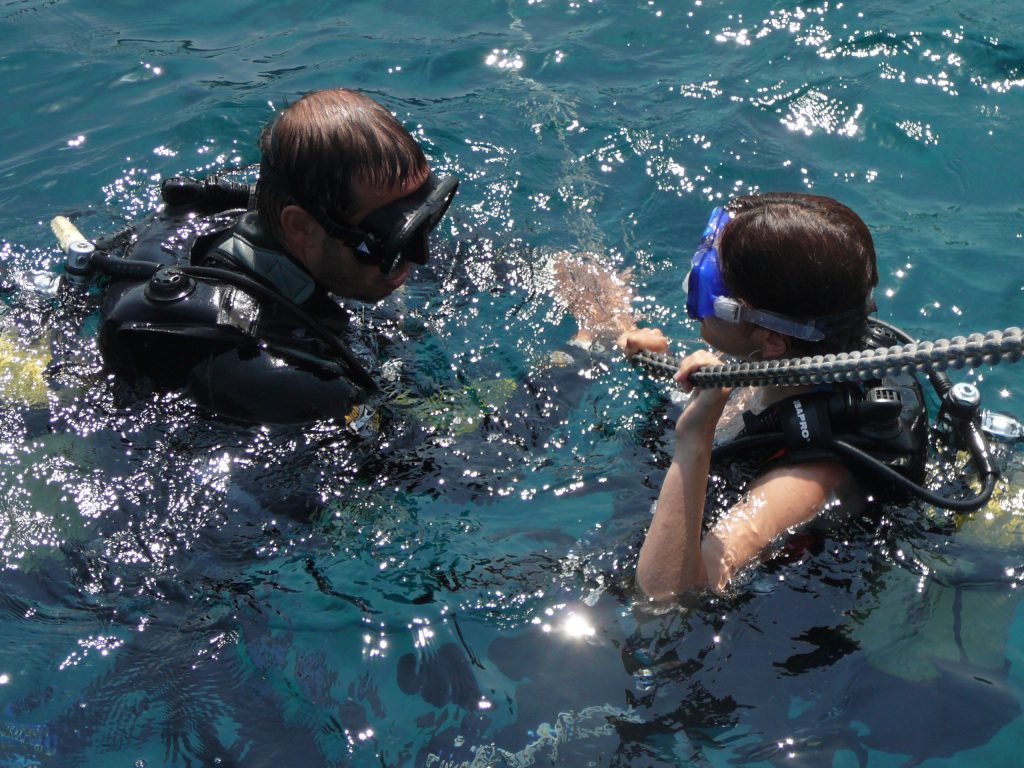





Kaş-Kekova Special Environmental Protection Area
Tag
City: Antalya
Area (ha): 257.83
Announcement Date: 02.03.1990
General features
Biodiversity
Flora: The region, dominated by Mediterranean vegetation, is covered with maquis and pine trees suitable for the climate type, and is always green. Agricultural activities specific to the region are first-hand farming, olive growing and grain cultivation.
Since Kaş-Kekova Region is under the influence of the Mediterranean climate, maquis is particularly well developed. Frigana vegetation is also in good condition in areas where maquis vegetation has suffered fire. The distribution area of forest and halophytic vegetation determined from the area is limited. Evergreen shrubs and shrubs that make up the maquis vegetation are quite common outside the settlement and agricultural areas. The dominant plant species of maquis vegetation are Quercus aucheri, Olea europaea and Phillyrea latifolia. Perhaps the most beautiful populations of Quercus aucheri, an endemic oak species, are found in the area.
Red pine (Pinus brutia) forest is rarely seen in Kaş-Kekova Special Environmental Protection Area. The sparse red pine forests are located in the east of Cevreli village, in the east of Zencirkurulacak area, Camlica Hill and Kekova Island. On the north and northwest ridges of Cevreli village, where the maquis vegetation has deteriorated or has suffered a fire, very beautiful communities are formed in the bush-shaped Genista acanthocla. Salty halophytic vegetation has developed locally in a small area in Kale-Üçağız village Alan locality. Four different plant associations were identified in Kaş-Kekova Region.
Fauna: The fact that more than 1,000 marine species have been recorded by diving to date in the biodiversity study conducted in Kaş-Kekova SEPA shows that the region in question has high biodiversity for the Eastern Mediterranean (Yokeş, 2009). Endangered species such as Mediterranean monk seal and sea turtle have resident populations in the region. A group of tens of thousands of individuals of Pinna nobilis mussel, which is also a protected species, can be found in many parts of the Kas and Kekova coasts.
More detailed studies were carried out on the ecology of protected marine species, focusing on Kaş-Kekova SEPA, as it is rich in protected species. In the studies carried out, the areas used by economically important fish species such as grouper, sea bass and fangri for breeding and feeding and the areas where juvenile and adult individuals are concentrated were revealed. detected. In addition, environmental pressures on these species have been determined by long-term observations made on and under water. It is observed that the alien species that entered the Mediterranean from the Red Sea via the Suez Canal and settled in the Eastern Mediterranean Basin also form large populations on the shores of Kaş-Kekova. In addition to fish, mollusc and crustacean species, the most dominant species in unicellular living groups such as foraminifera are alien species. In the region, it is seen that the newly arrived alien species spread to the whole area in a very short time.
